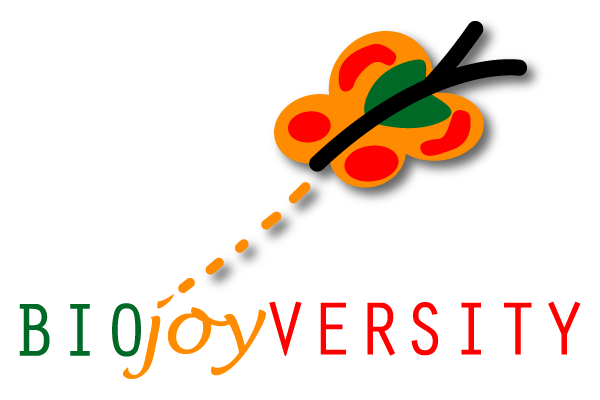Biodiversity in your school
What can you do to make a difference?
What is Biodiversity?
Biodiversity is all the different living things that can be found in one area.
This variety of animals, plants, bacteria and other microorganisms make up our natural world and, in a healthy ecosystem, they all work together in harmony maintaining and supporting balance and life.
Why is Biodiversity important?
Without a wide range of life working together we cannot have healthy ecosystems, and it is these ecosystems that provide food, water and shelter for all life including us.


More space makes a big difference.
The Wildlife Trust states that
“those that have the least access to nature also have the worst levels of physical and mental wellbeing. Seeing birds near our homes, walking through green spaces filled with wildflowers, and along rivers that are clean and clear, reduces stress, fatigue, anxiety and depression.”
With this in mind we should surely be increasing the natural area available for school children to play, study and relax in, not reducing it.
Recommended non-hard-surfaced social area is 2,600m2 for a school with 1,000 pupils, and recommended habitat space is a paltry 0.5m2 per pupil.
Landscaping to encourage nature doesn’t have to be labour intensive; in fact, it is much less costly to maintain than mown grass. As an added bonus, if every school had an area dedicated to increasing biodiversity, think of the positive impact it would have on our wildlife.
Sir David Attenborough recently commented, “no one will protect what they don’t care about; and no one will care about what they have never experienced.”
Our wildlife is in crisis and more of our children than ever are struggling with mental health issues. A nature-rich school environment could help with both of these issues.
No child should leave school having had no experience of our native wildlife; and they should all know, at the very least, what a stinging nettle looks like!
Resources

Bug Enclosure analysis
Recycle old plastic bottles to become insect enclosures, creating a habitat for insects, alongside...
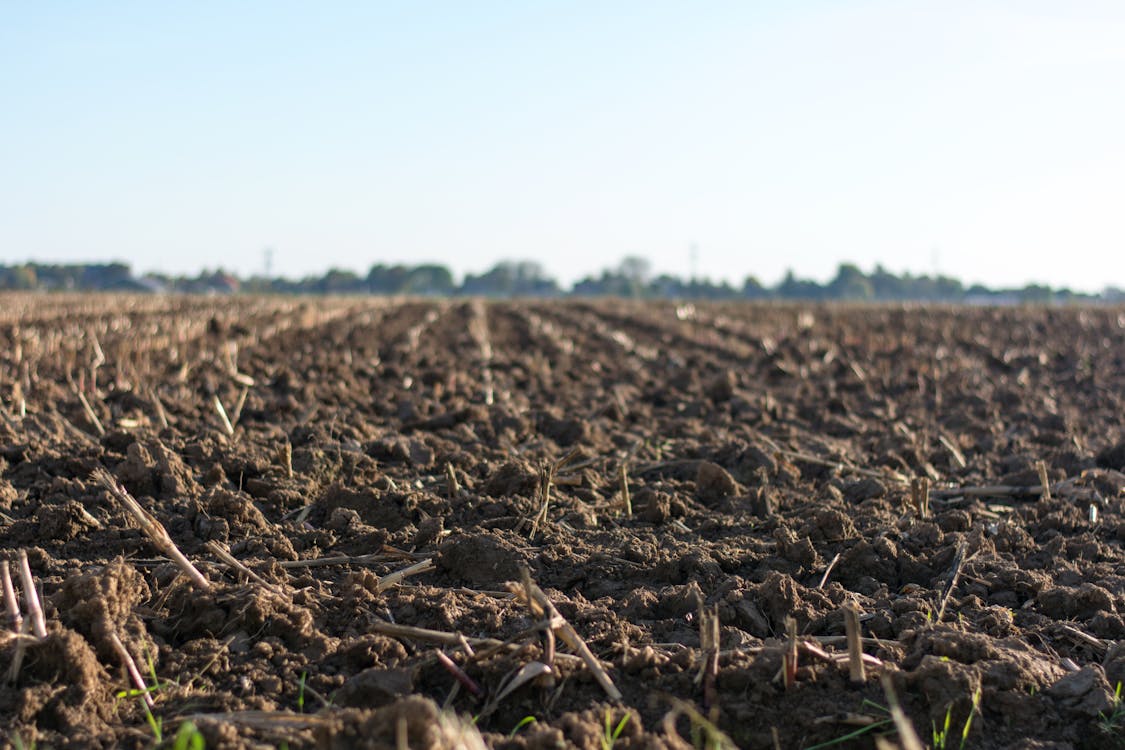
Distinguishing different types of soil
Equipment: Soil Distilled water Spatula Sieve Trowel Instructions: Collect a soil sample...
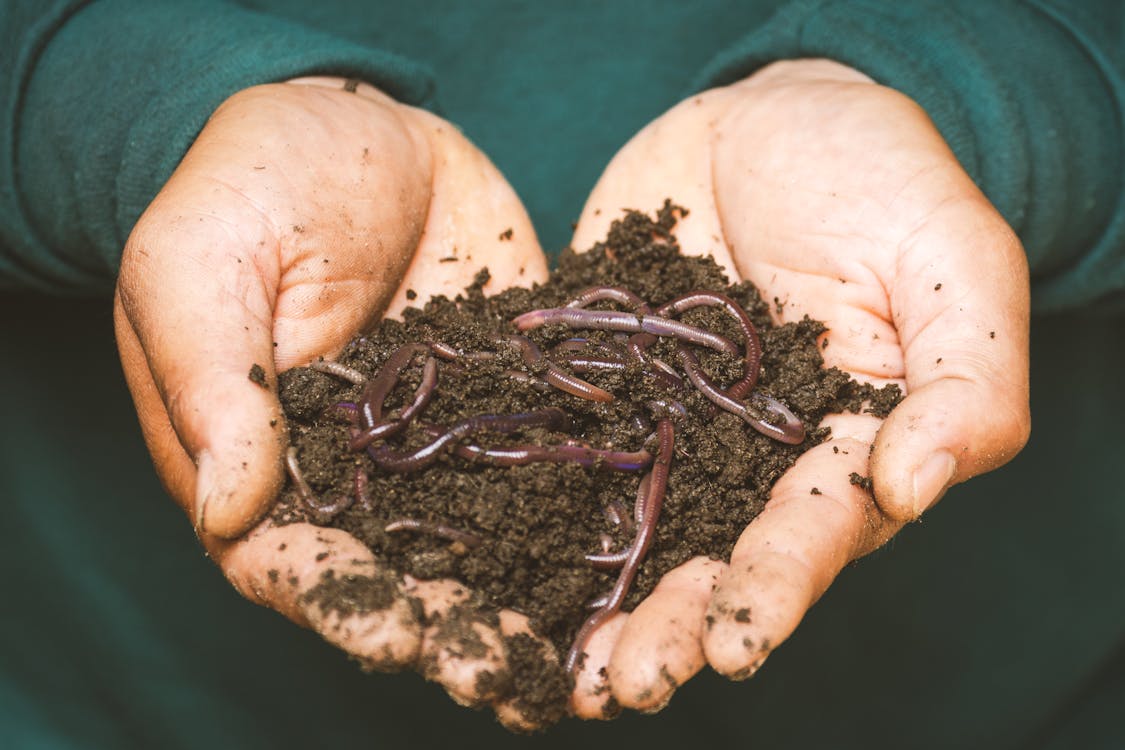
Little Compost Bin
You will need: Scissors Gloves Plastic bottle (2litres) Thin fabric Elastic band Card, cardboard,...
Making a worm compost bin
Equipment: Large plastic storage container with a lid Drill Piece of fine screen Newspaper Spray...
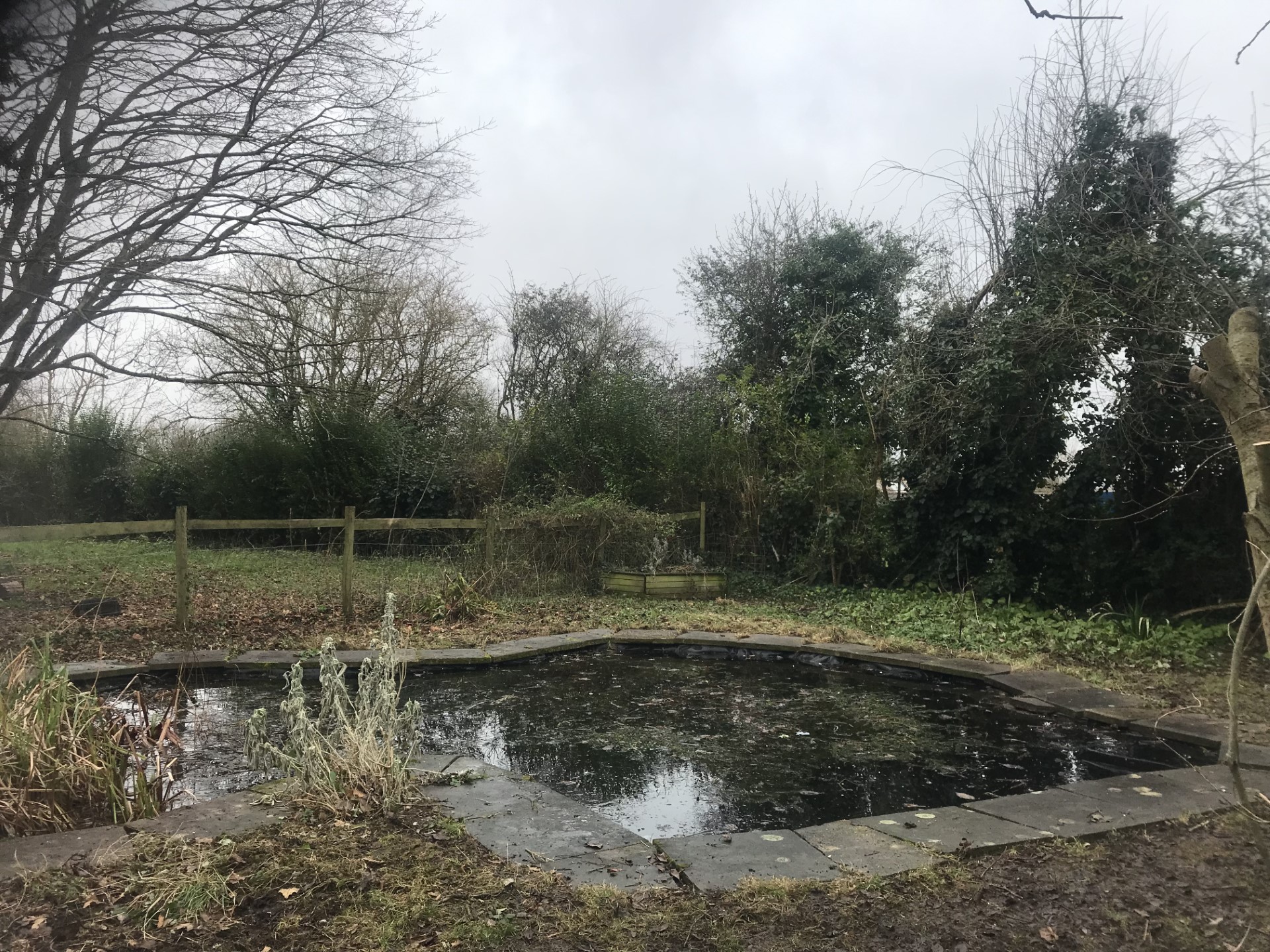
February is a great time to manage the pond area
When primary school children visit our site, pond dipping is the most loved activity. Preparing...
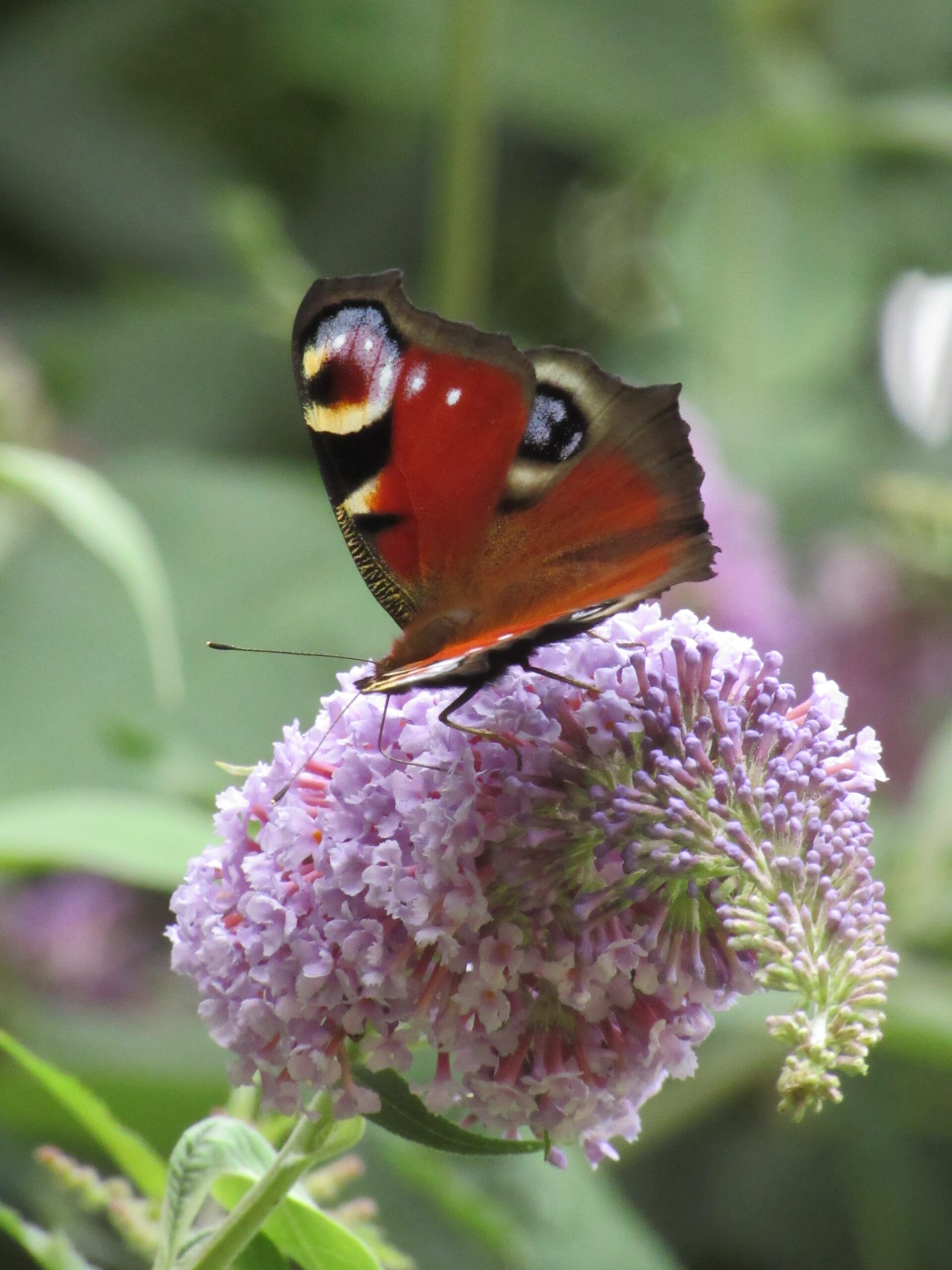
Providing for Pollinators
Many pollinating insects contribute to the production of fruits, vegetables and flowers here in...
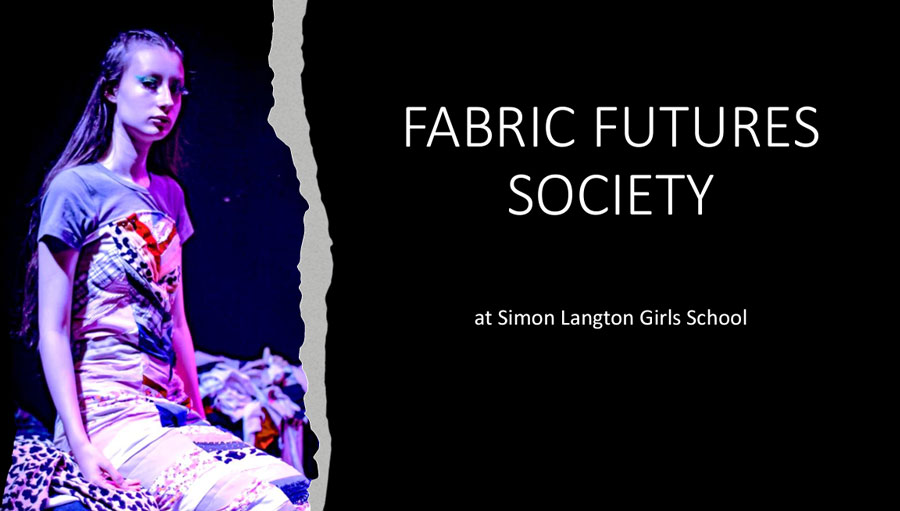
Fabric Futures – November post
The Fabric Futures group at Langton Girls' is doing amazing work as seen in this document below. ...
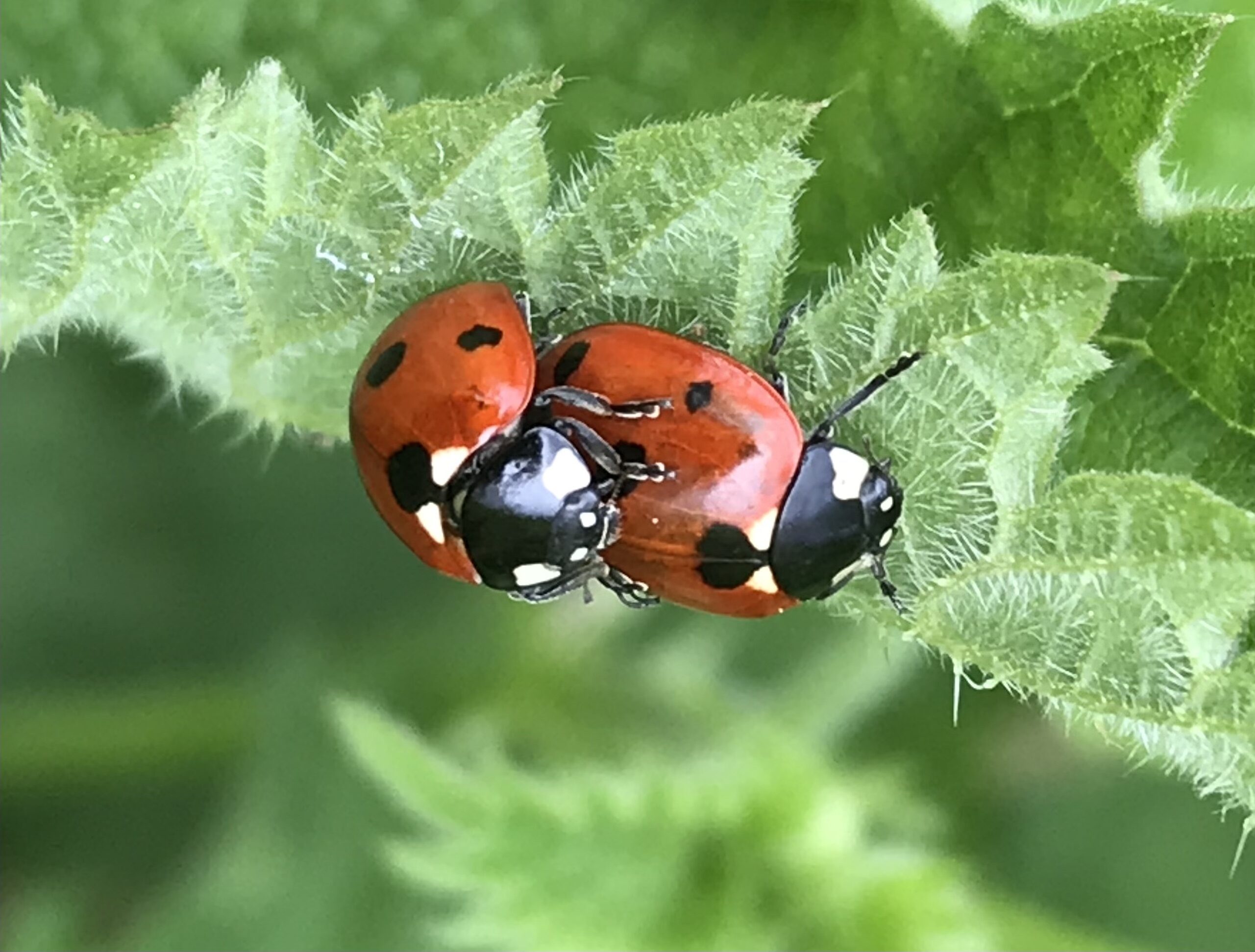
November is a great time to manage the nettle patch
Nettles are the larval food plant for several British butterflies such as the small tortoiseshell,...
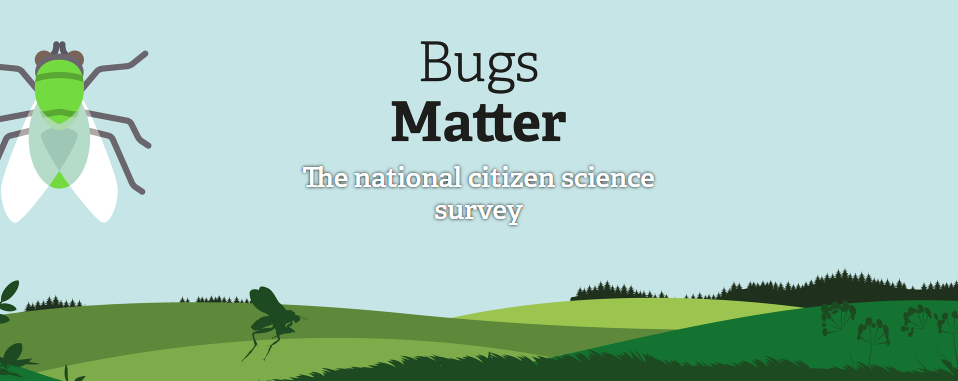
Join The Great British Bug Off this August!
Just a few more days to contribute to the Bugs matter survey. Just follow this link to find out...

22 ways to build biodiversity
To mark International Day for Biological Diversity, the Royal Botanic Gardens at Kew have shared...

Creating an aquatic ecosystem
Find out how to create an aquatic ecosystem by reading Francesca's guide: Creating an Aquatic...
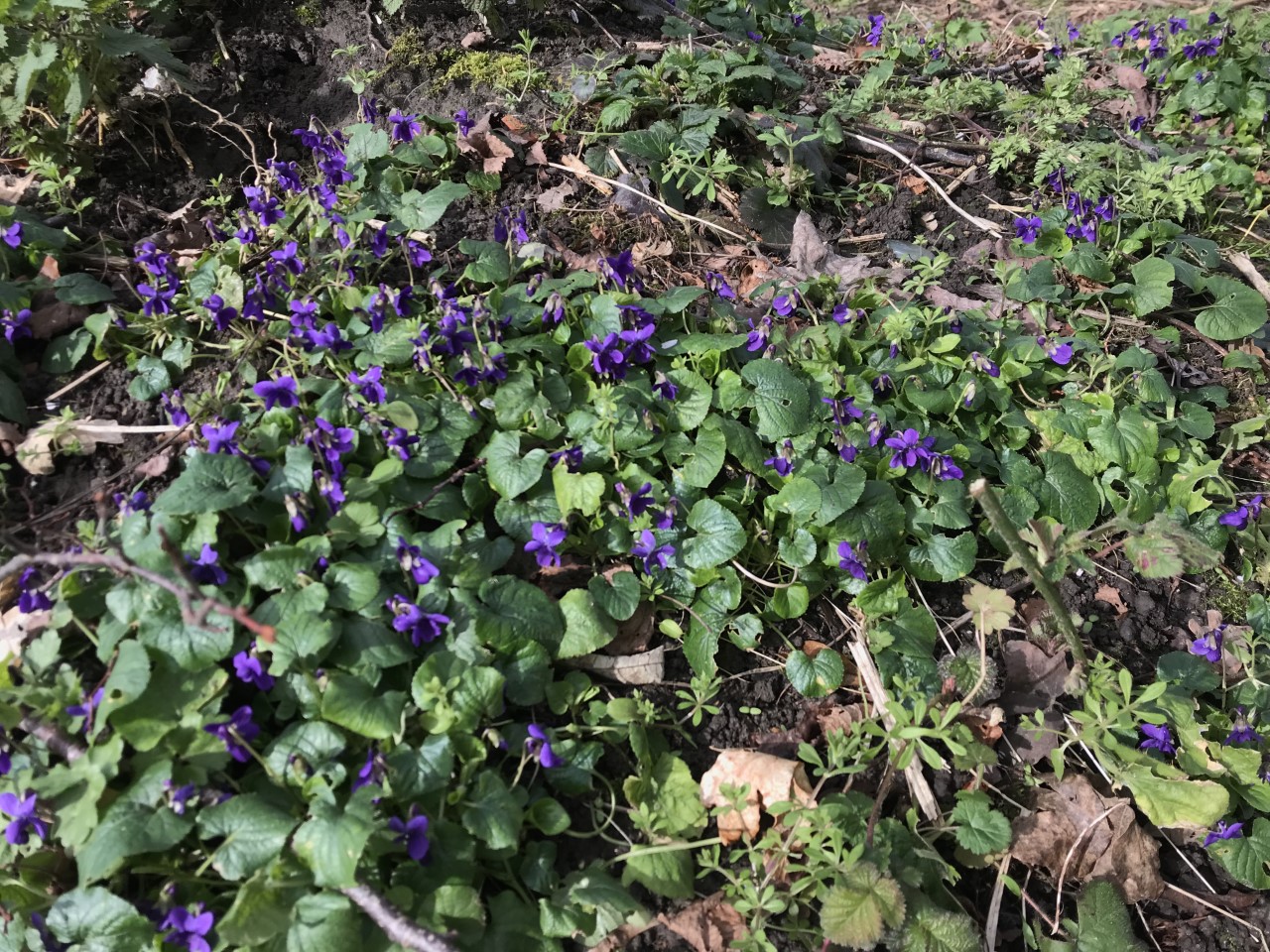
April is a great time to get ready for spring
Students at our school are able to use the wildlife area during their free time, and from April to...
Save our Wild Isles
"We now have a few short years during which we can still make a choice. Where just enough remains...
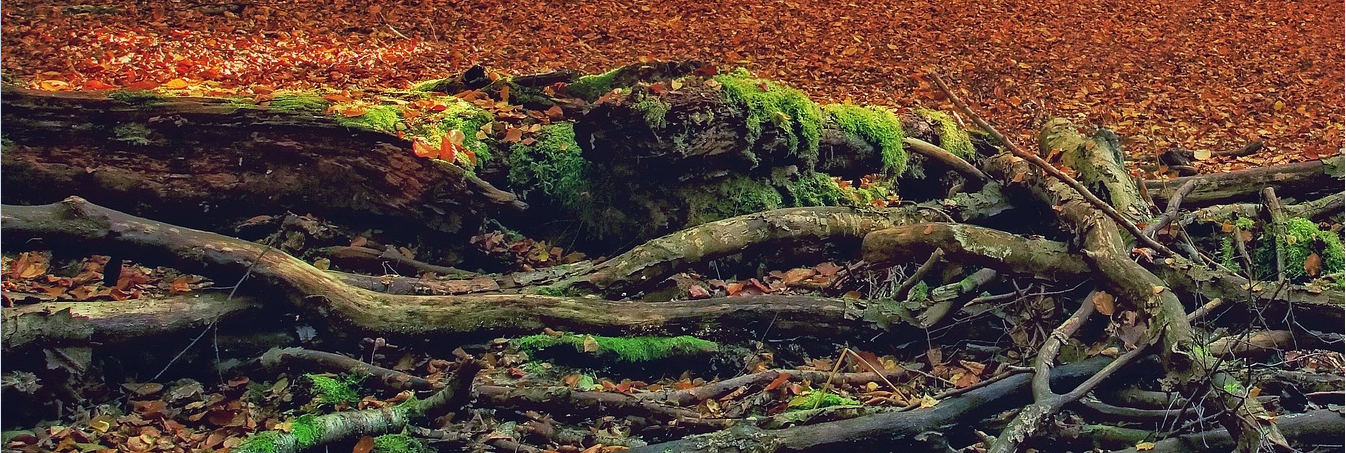
March is a great time to create a deadwood habitat
Deadwood is an important habitat for fungi, moss, invertebrates and all the amphibians, reptiles,...
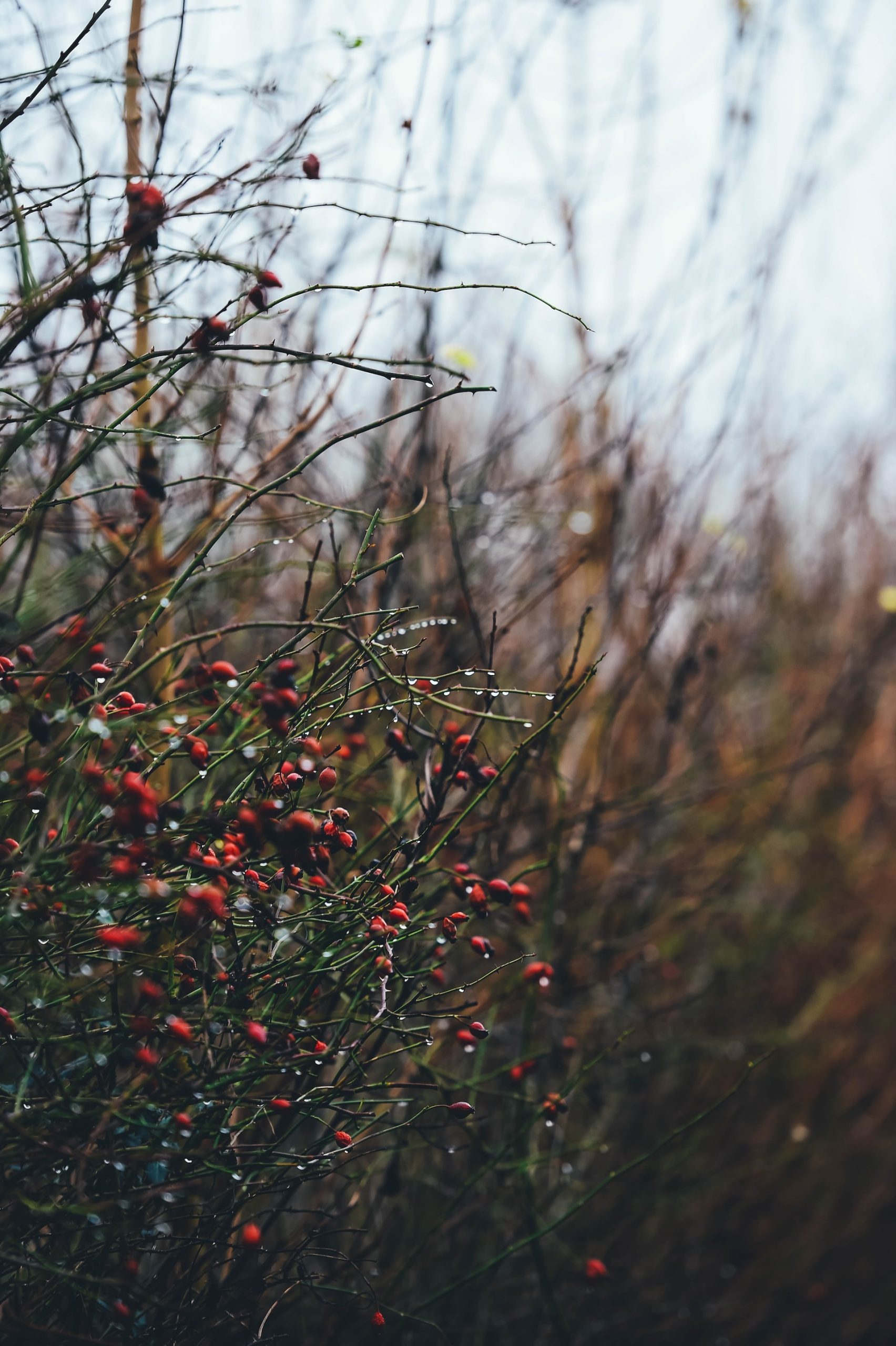
February is a great time to prune trees and hedgerow
Planting more native trees is always a good idea if you want to increase biodiversity. A hedgerow...
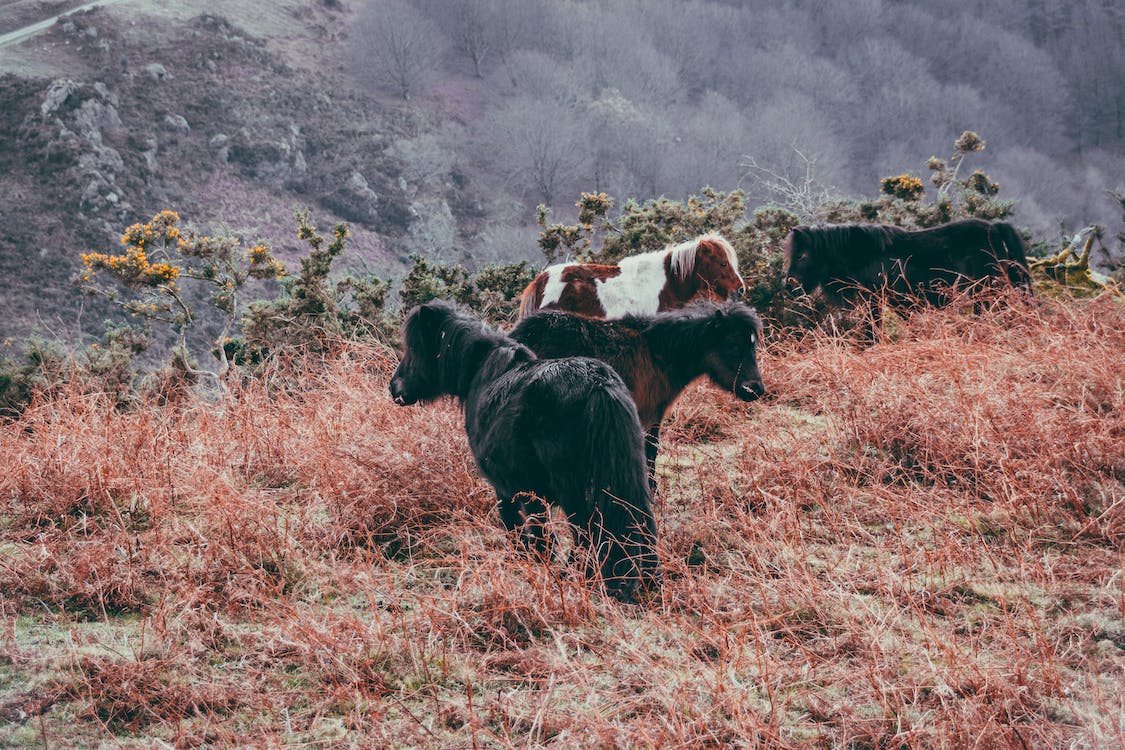
Conservation courses at Wildwood
Jacob, one of our sixth form students has embarked on a series of rewilding courses at Wildwood...
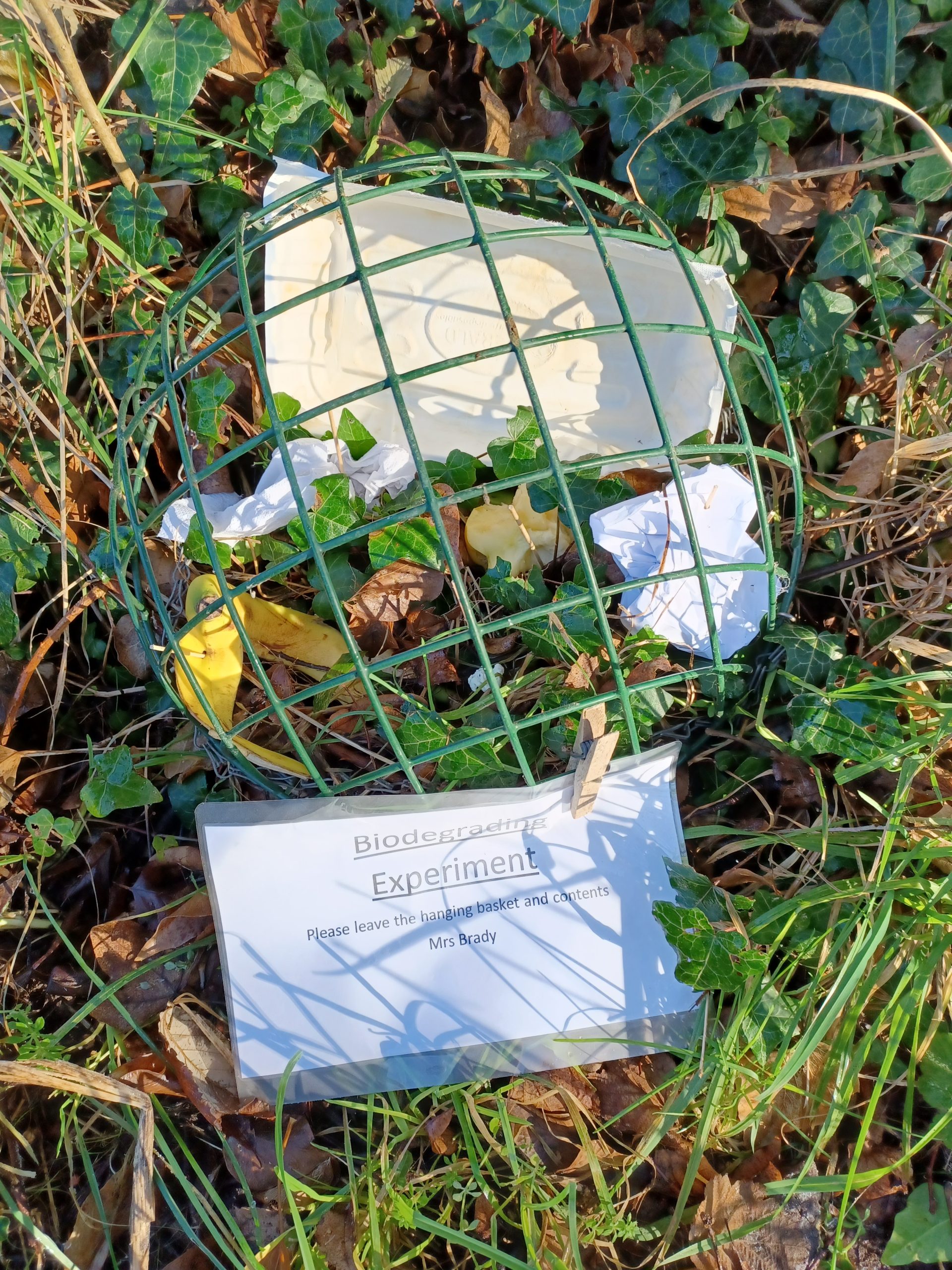
A Biodegradable project for schools
Introduction: As we live in an ever-changing world and a throwaway society, items are often thrown...
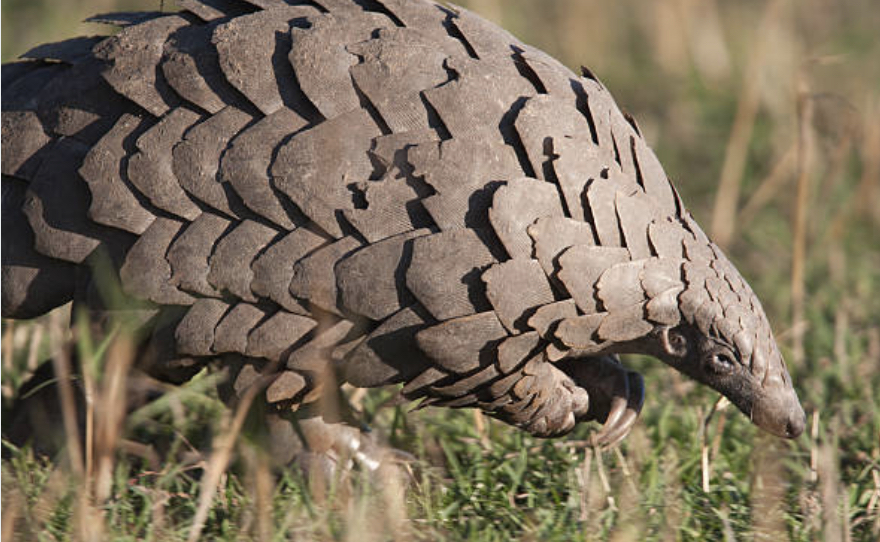
Pangolins – is all lost?
All eight species of pangolins are found on two continents. They range from vulnerable to...
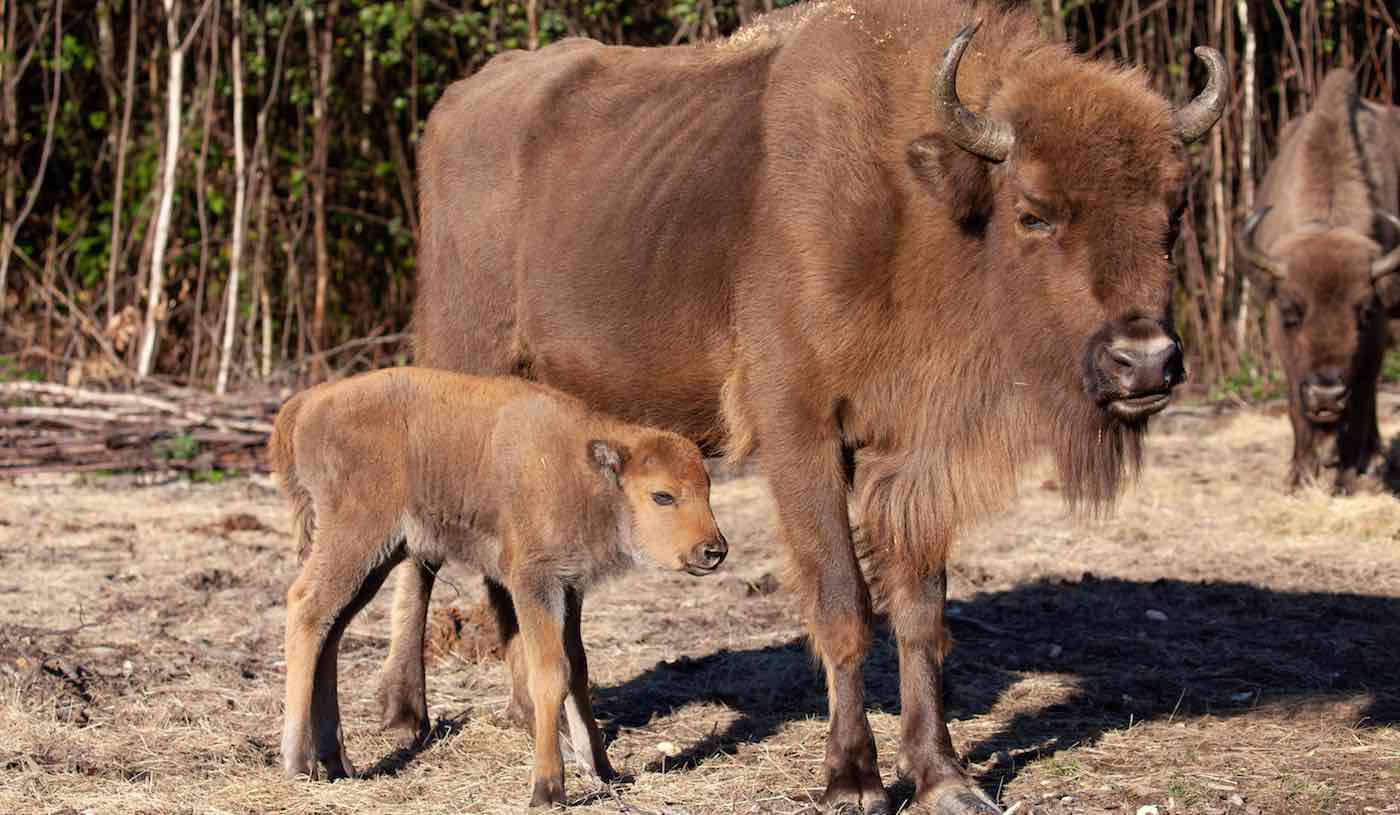
The Rewilding of Bison in Blean Woods
In September of 2022 shortly after the rewilding and repopulating of bison project had begun, the...
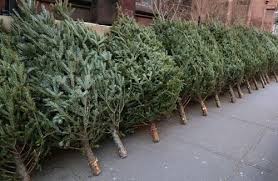
What happens to our Christmas trees once we’re finished with them?
We all love a real tree at Christmas, we love the way it smells, the way it looks. Even the fun of...

Finding Nature Blog
We recommend this blog on issues about nature and our interaction with it. It is written by Prof....
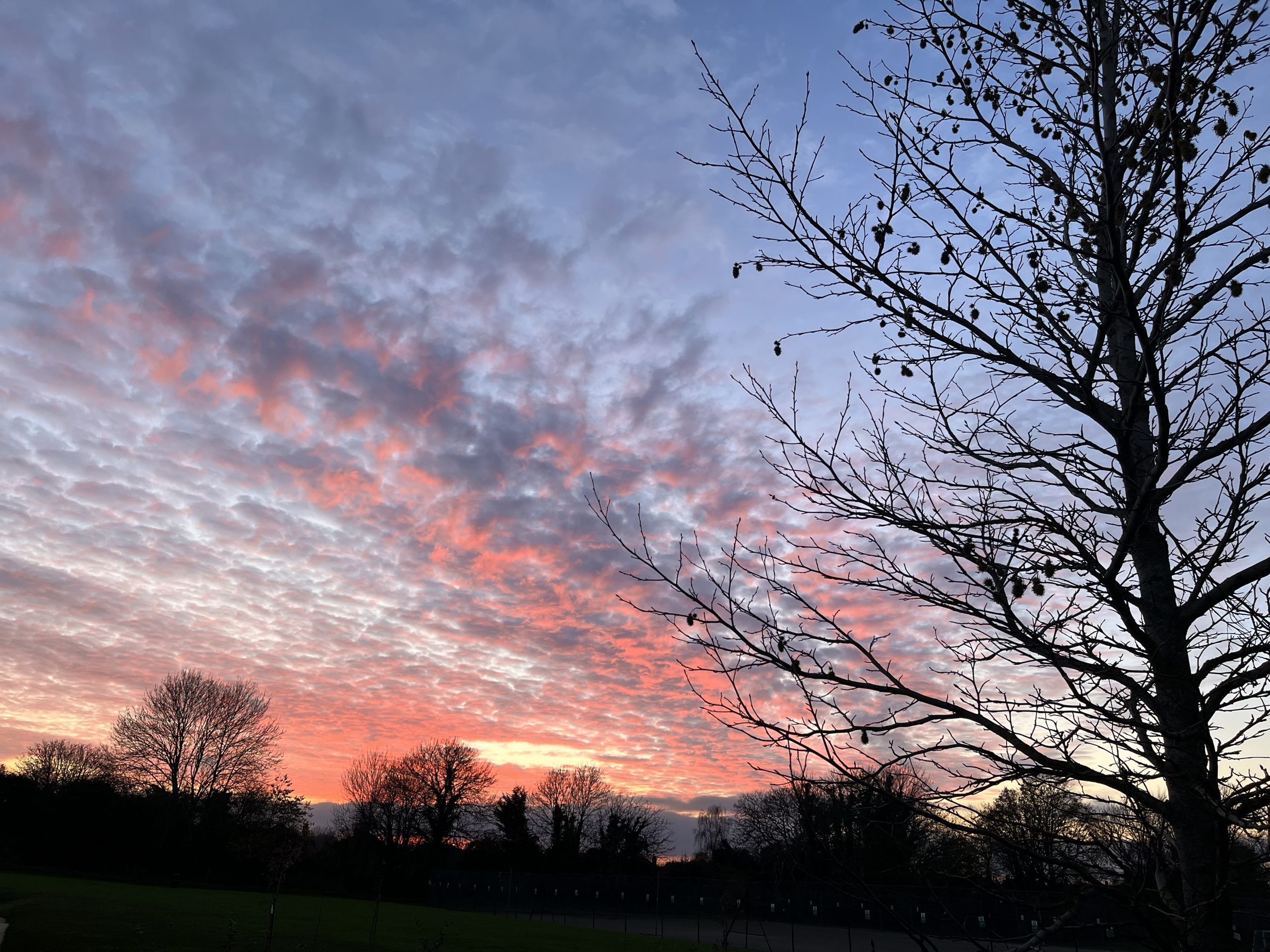
Igniting Innovation-Youth Conservation Challenge, Woodland Trust
Just the perfect opportunity for students interested in biodiversity and climate issues - this...
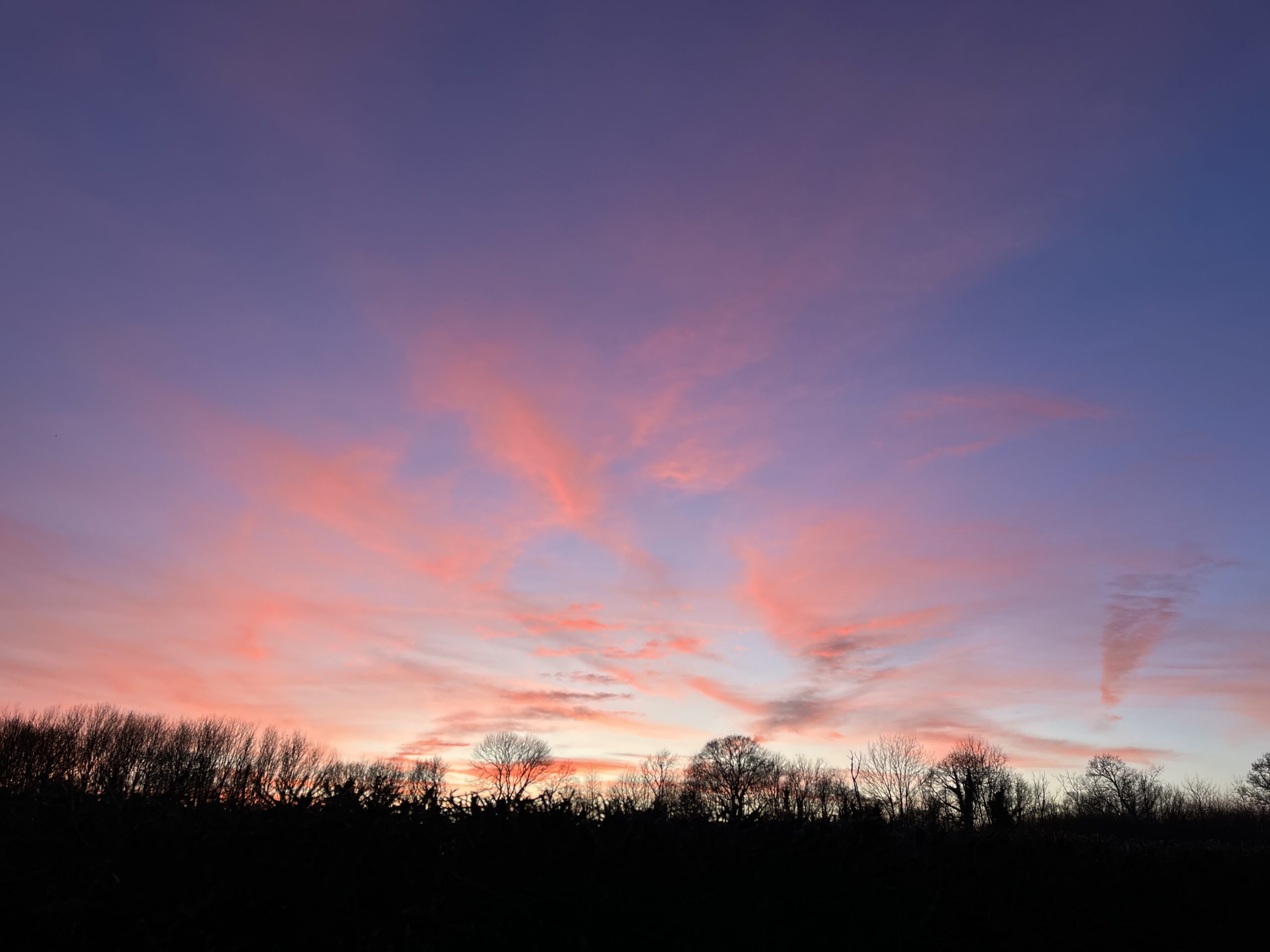
Encompass – empowering young people to reimagine planetary wellbeing
Encompass is a vision for empowering school students to have agency in the preservation of nature...
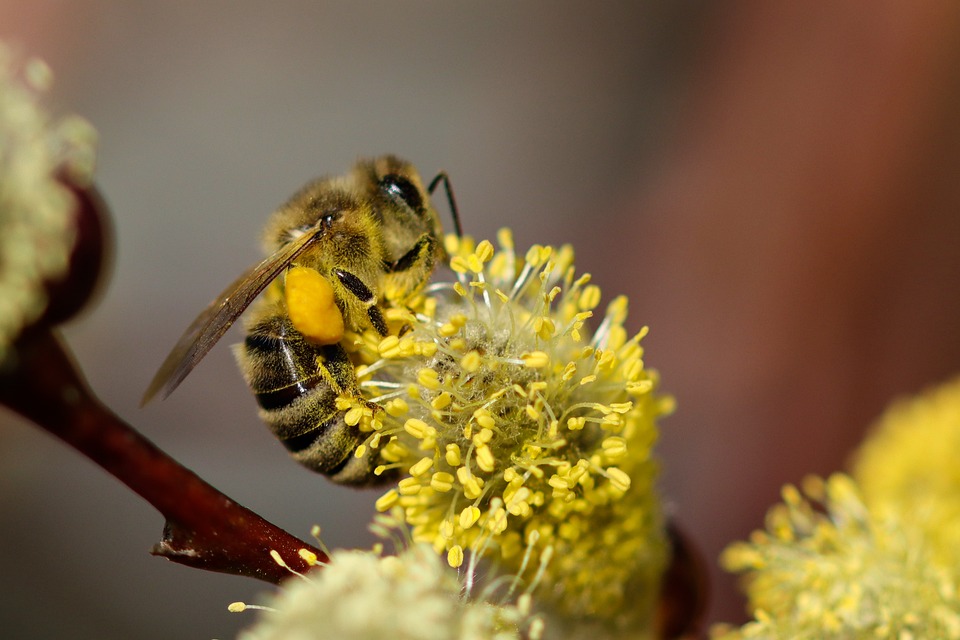
December is a great time to plant willow
Goat willow (also known as great sallow or pussy willow) is a great addition to school grounds...
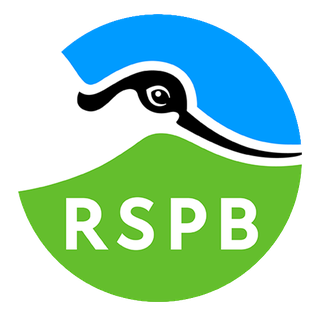
RSPB Big Garden Birdwatch
'Big Garden Birdwatch is fun, free and for everyone. And you don’t need a garden to take part!...
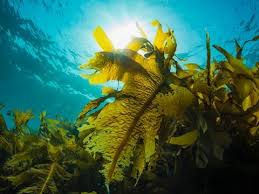
Can seaweed solve our plastic crisis?
Every year 500 million plastic bags are used globally. 1 billion plastic bottles reach our oceans...
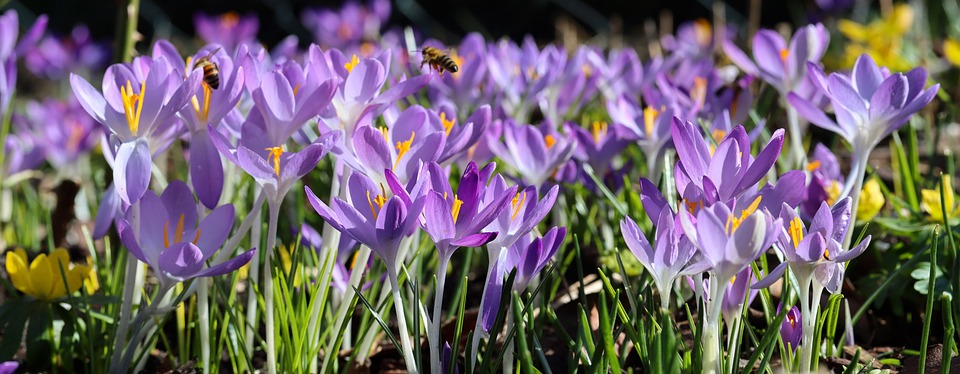
November is a great time to plant spring-flowering bulbs
If you are trying to increase biodiversity in your school grounds, making sure there is a nectar...

What level of ecological complexity can a (small) urban nature reserve support?
Michael Jones, Director of STEM gives an overview and encourages visitors to the website and the...
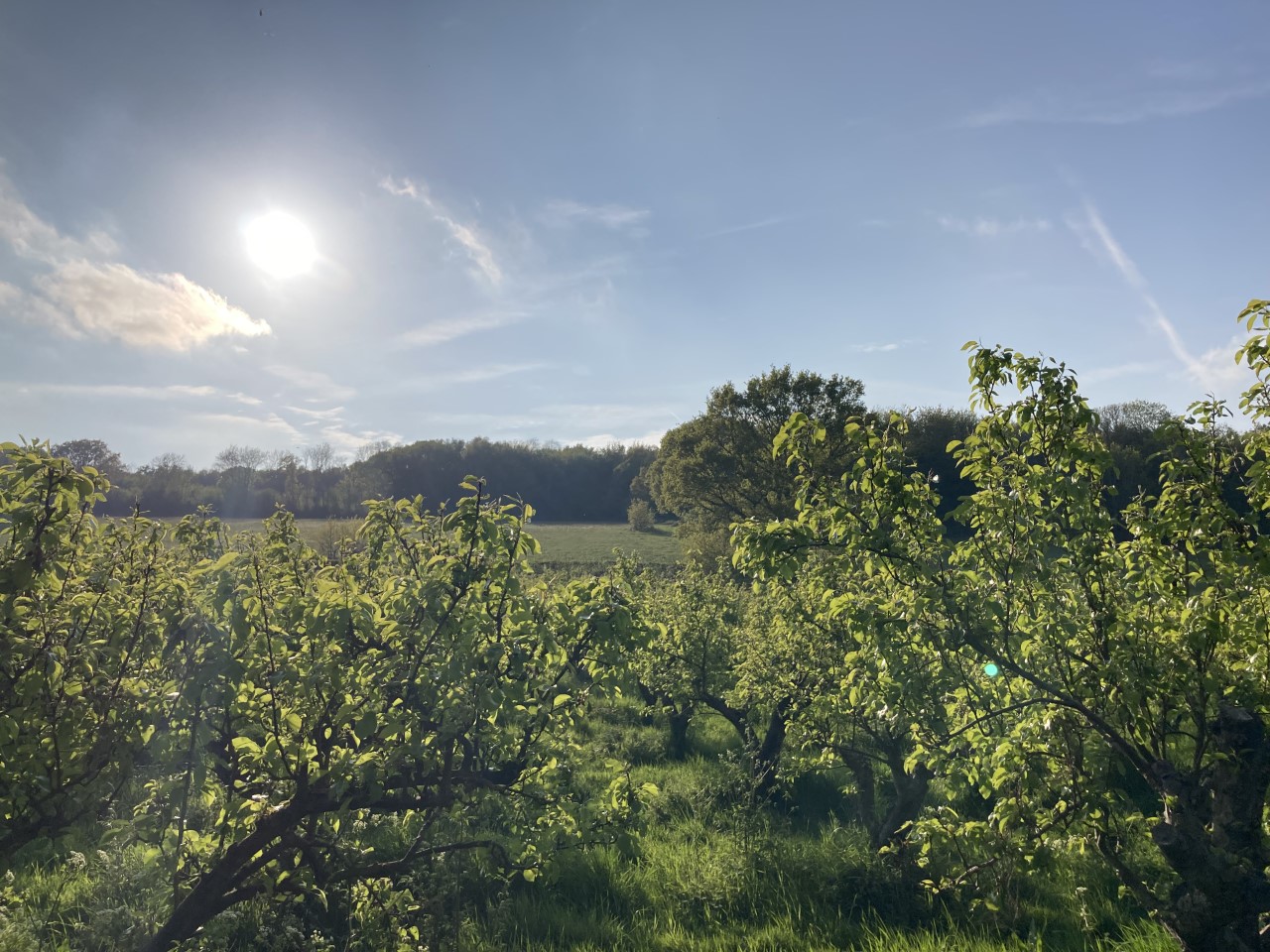
Increasing Biodiversity in Schools
Top tips for increasing biodiversity in schools with little spaceYou can find other tips for...

Bird and birdsong encounters improve mental health, study finds
Smartphone-based ecological momentary assessment reveals mental health benefits of birdlife ...
Teacher Resources
We have put together some useful resource for Teachers, all available for download.
